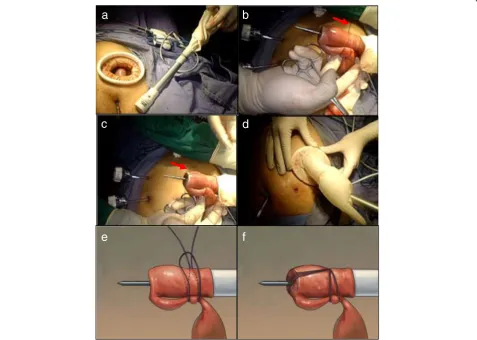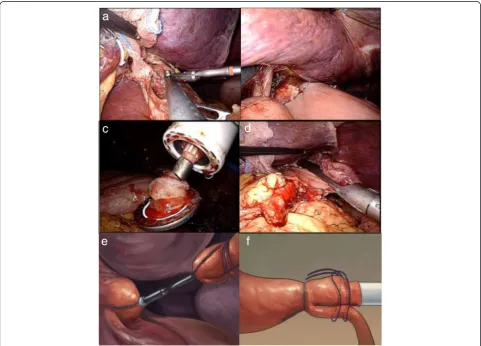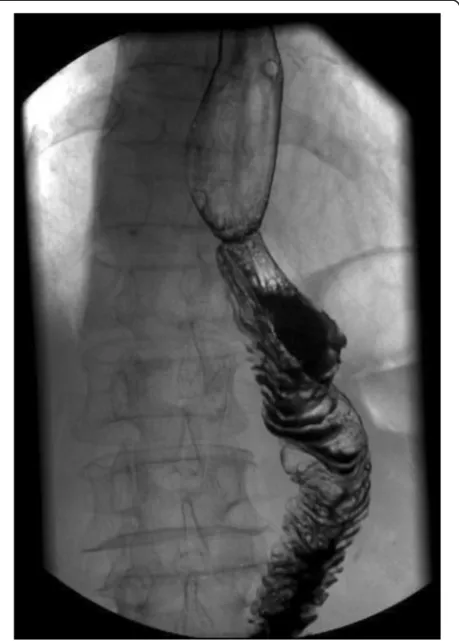An automatically contamination avoiding technique for intracorporeal esophagojejunostomy using a transorally inserted anvil during laparoscopic total gastrectomy for gastric cancer
Full text
Figure




Related documents
1A: The AAP recommends that patients 28 days to 18 years of age requiring maintenance IVFs should receive isotonic solutions with appropriate KCl and dextrose because they
The coefficients of friction, in particular that between the flanges, and the position of the contact point between band and flange have been shown to have a significant impact on
Despite the short duration of the training ’ s impact, this research has provided preliminary evidence that mental health first aid training for eating disorders is associated with
The Collaborative Assess- ment and Management of Suicidality (CAMS) [24], Finn’s therapeutic assessment approach [25] and the Attempted Suicide Short Intervention Programme (ASSIP)
A sub-group analysis of the 70% and 59% of RLAI and FGAI treatment groups, res- pectively, who were receiving mono depot therapy (i.e., no additional oral antipsychotics)
The Clinical Practice Research Datalink (CPRD) did, however, provide a unique opportunity to map out the descriptive epidemiology of self-harm among primary care patients using
AMI-SF: Autobiographical memory inventory-short form; AMPA: α -amino-3- hydroxy-5-methylisoxazole-4-propionic acid; ANCOVA: Analysis of covariance; BPRS: Brief psychiatric rating
The improvement team, consisting of a general pediatric hospitalist team leader, pediatric residents, a pediatric chief resident, third-year medical students completing their